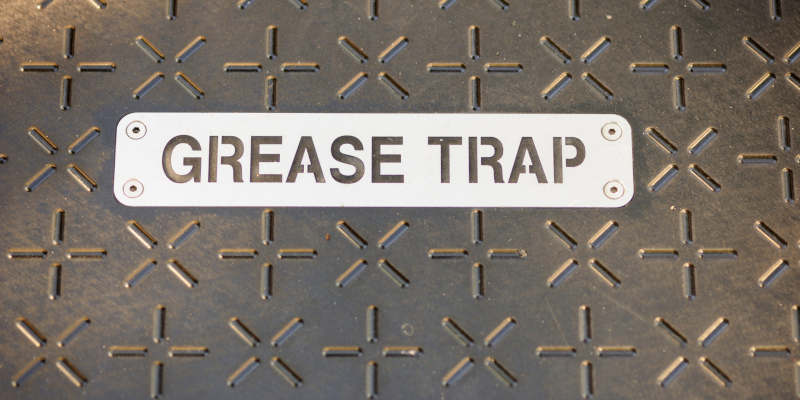Your septic system is designed to collect all the waste produced by your home or business and deal with it appropriately. Liquid waste is filtered through the drain field and ultimately returned to the water table, while solid waste remains inside the tank until it is removed via pumping. There is also a third category of waste, consisting of fats, oils, and grease, which is held in the grease trap until it too is removed. In this article, our team at Marion Pumper will go over how grease traps work and why they are important.

- How Grease Traps Work – The purpose of a grease trap is to prevent fats, oils, and grease (collectively referred to as FOG) from entering your pipes. Because these substances are less dense than water, they all float on the surface of the sludge in your septic tank. Grease traps typically consist of a metal container either inside or separate from the septic tank, and they include additional vertical panels to slow down the flow of fluid through the trap and allow the FOG to separate. The FOG then remains inside the grease trap until it is emptied, while water and heavier solids flow through to the main septic tank.
- Why Grease Traps are Important – It is important to keep FOG out of your pipes because all these substances can solidify at room temperature, which would create blockages. Grease traps help protect your plumbing and the rest of your septic system by ensuring FOG stays out of these systems.


